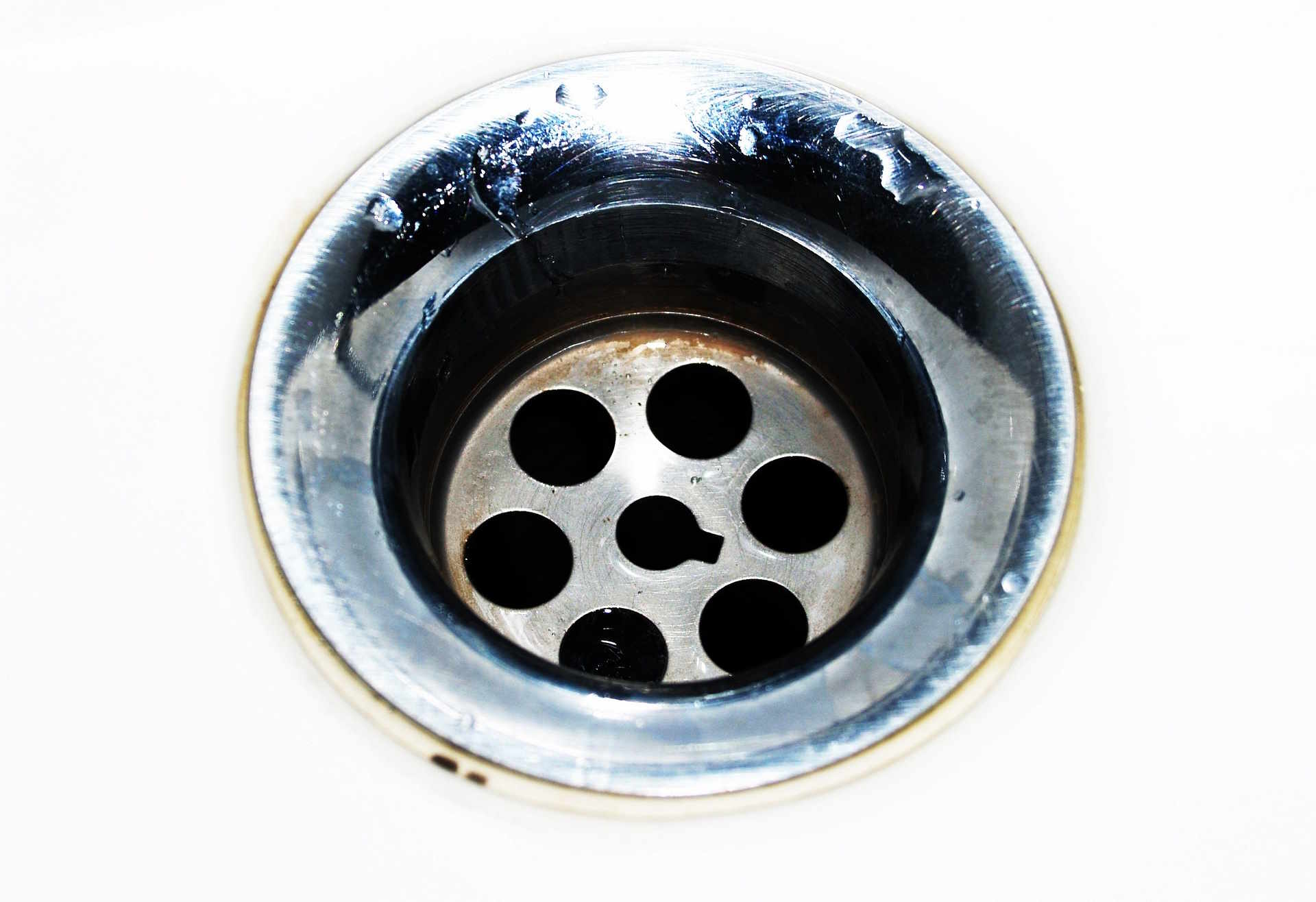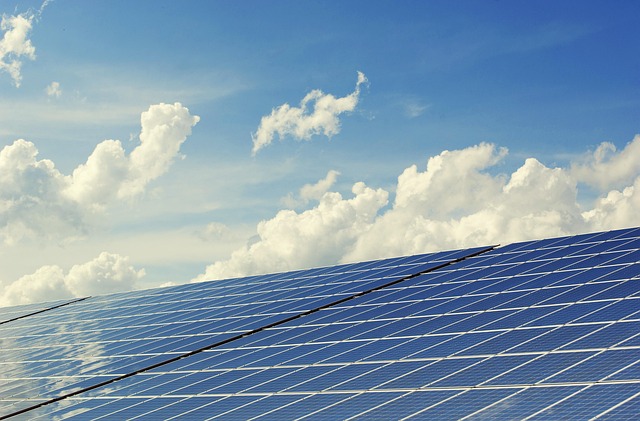Comprehensive Guide to Drain & Pipe Cleaning: Methods, Costs, and Maintenance
Drain and pipe cleaning is an essential home maintenance task that many property owners face regularly. When water drains slowly or backs up completely, it signals potential blockages that require attention. Understanding the various approaches to addressing clogged drains can help homeowners make informed decisions about whether to tackle the problem themselves or call professionals. This comprehensive guide explores different repair methods, cost factors, advanced techniques for stubborn clogs, preventative maintenance strategies, and the pros and cons of DIY versus professional services.

Understanding Clogged Drain Repair Methods
Clogged drains can occur anywhere in your plumbing system, from kitchen sinks to bathroom showers and main sewer lines. Several repair methods exist for addressing these issues, each suited to different severity levels and types of clogs. The most common approach begins with manual methods like plungers, which create pressure and suction to dislodge blockages. For more stubborn clogs, drain snakes (also called augers) can physically break up or retrieve debris causing the blockage.
Chemical solutions represent another common method, though they should be used cautiously. These products typically contain sodium hydroxide or sulfuric acid that dissolves organic material like hair and grease. However, they may damage older pipes and pose environmental concerns. Enzymatic cleaners offer a gentler alternative, using bacteria to break down organic matter over time rather than immediate chemical reactions.
Hydrojetting has become increasingly popular for more serious blockages. This technique uses high-pressure water streams to scour pipe interiors, removing even stubborn buildup that traditional methods cannot address. For the most persistent or complex issues, pipe replacement may become necessary, particularly when pipes are damaged or collapsed.
Key Factors Affecting Drain Repair Costs
The cost of drain repair services varies considerably based on several key factors. Location plays a significant role, with urban areas typically commanding higher service rates than rural regions. The accessibility of the affected pipe also impacts cost—repairs to easily accessible kitchen drain pipes generally cost less than addressing main sewer line issues that may require excavation.
The severity and nature of the clog directly influence pricing. Simple clogs removable with basic snaking might cost between $100-$300, while hydrojetting services for more stubborn blockages typically range from $300-$500. When specialized equipment or extensive labor becomes necessary, costs increase accordingly. Emergency services outside regular business hours often include premium pricing, sometimes doubling standard rates.
The type of pipes in your home also affects repair costs. Older cast iron or clay pipes may require more careful handling than modern PVC pipes, potentially increasing service costs. Additionally, if inspection reveals pipe damage beyond simple clogging, repair costs will escalate to address the underlying structural issues.
| Service Type | Average Cost Range | Factors Affecting Price |
|---|---|---|
| Basic Drain Snaking | $100-$300 | Location, accessibility, time of day |
| Hydrojetting | $300-$500 | Pipe condition, severity of blockage |
| Camera Inspection | $100-$250 | Depth of inspection, equipment used |
| Main Sewer Line Cleaning | $350-$650 | Accessibility, length of line |
| Pipe Replacement | $1,000-$3,000+ | Material, length, location, accessibility |
Prices, rates, or cost estimates mentioned in this article are based on the latest available information but may change over time. Independent research is advised before making financial decisions.
Advanced Techniques for Persistent Drain Issues
When conventional methods fail to resolve drain issues, plumbing professionals employ several advanced techniques. Video camera inspection represents a significant technological advancement, allowing technicians to visually identify the exact nature and location of blockages. This precision eliminates guesswork and enables targeted solutions rather than generalized approaches.
Trenchless repair technologies have revolutionized how persistent drain problems are addressed. These methods allow for pipe repair or replacement without extensive excavation, minimizing property disruption. Pipe lining (cured-in-place piping) creates a new pipe within the damaged one using a resin-saturated liner that hardens in place. Pipe bursting, another trenchless method, involves breaking the existing pipe while simultaneously pulling a new pipe into position.
For root intrusion problems, specialized cutting attachments can be used with hydrojetting equipment to remove invasive tree roots without excavation. In commercial settings or large residential properties, descaling equipment removes mineral buildup that restricts flow in pipes, particularly in areas with hard water.
Preventative Drain Maintenance for Long-Term Savings
Regular preventative maintenance significantly reduces the likelihood of serious drain problems and extends the lifespan of plumbing systems. Simple habits can make a substantial difference: using drain strainers in kitchen and bathroom sinks captures hair, food particles, and other potential clog-causing materials before they enter the plumbing system. Regularly flushing drains with hot water helps dissolve and move along grease and soap residue before they accumulate.
Monthly maintenance using baking soda and vinegar provides a gentle cleaning action without the harshness of chemical cleaners. For households with garbage disposals, proper usage is essential—avoid disposing of fibrous foods, coffee grounds, and grease, which commonly cause blockages. Professional maintenance cleaning every 1-2 years can address minor buildup before it becomes problematic, particularly for older homes or properties with mature trees whose roots may infiltrate sewer lines.
Water quality management through water softeners can prevent mineral buildup in pipes, particularly in areas with hard water. Additionally, being mindful of what enters drains—avoiding flushing non-degradable items and using toilet paper designed to break down easily—contributes significantly to long-term drain health.
DIY vs. Professional Drain Repair Services
Homeowners often face the decision between handling drain issues themselves or calling professionals. DIY approaches offer immediate cost savings and may be appropriate for simple clogs. Basic tools like plungers, hand augers, and enzymatic cleaners can effectively address minor problems and are relatively inexpensive. However, DIY methods have significant limitations—they may provide only temporary relief without addressing underlying issues, and improper technique can potentially worsen problems or damage pipes.
Professional services provide expertise, specialized equipment, and comprehensive solutions. Trained technicians can accurately diagnose problems, including those not immediately apparent, and possess the tools to address various scenarios effectively. Their work typically comes with service guarantees, providing peace of mind. Professional inspection may also identify potential future issues before they become emergencies.
The decision ultimately depends on the specific situation. Minor, localized clogs in accessible locations often make good candidates for DIY solutions. However, recurring problems, multiple affected drains, unusual sounds or odors, or older homes with aging plumbing systems generally warrant professional attention. When weighing costs, homeowners should consider not just immediate expenses but also long-term outcomes, as inadequate DIY repairs may lead to more significant problems and higher eventual costs.




